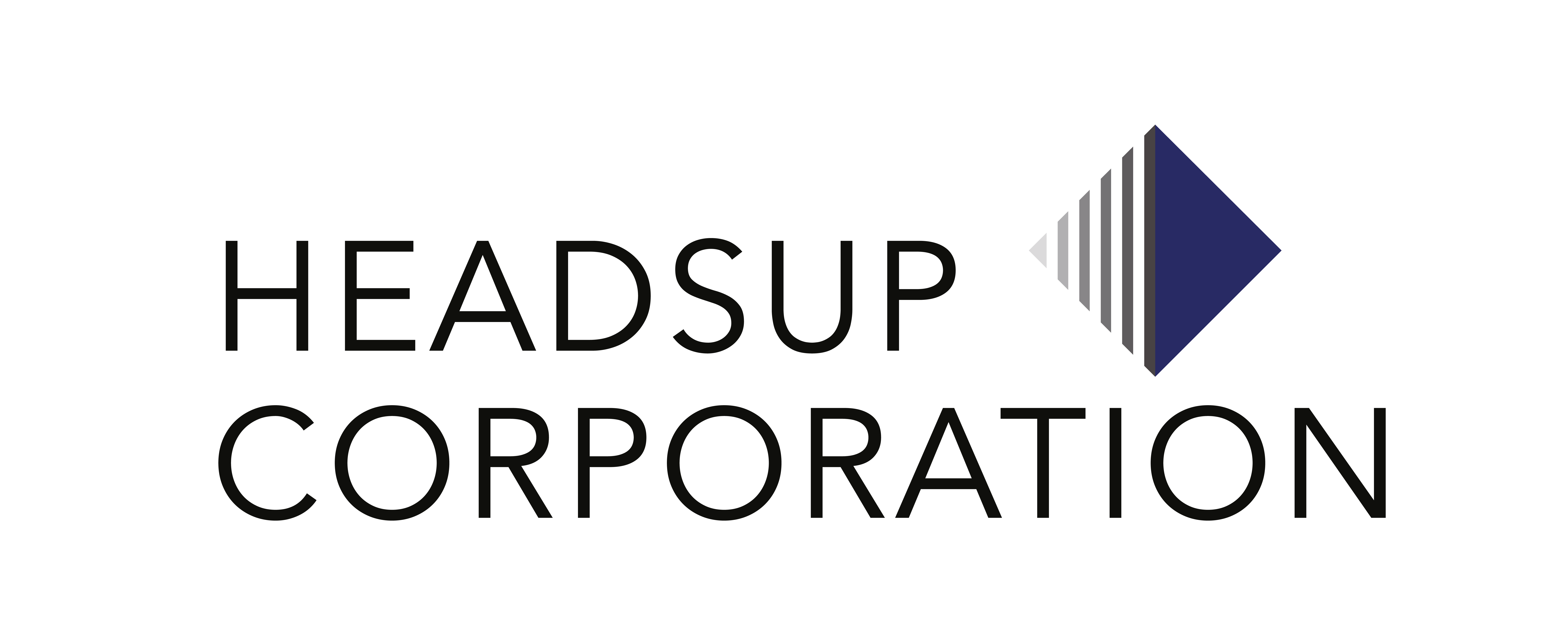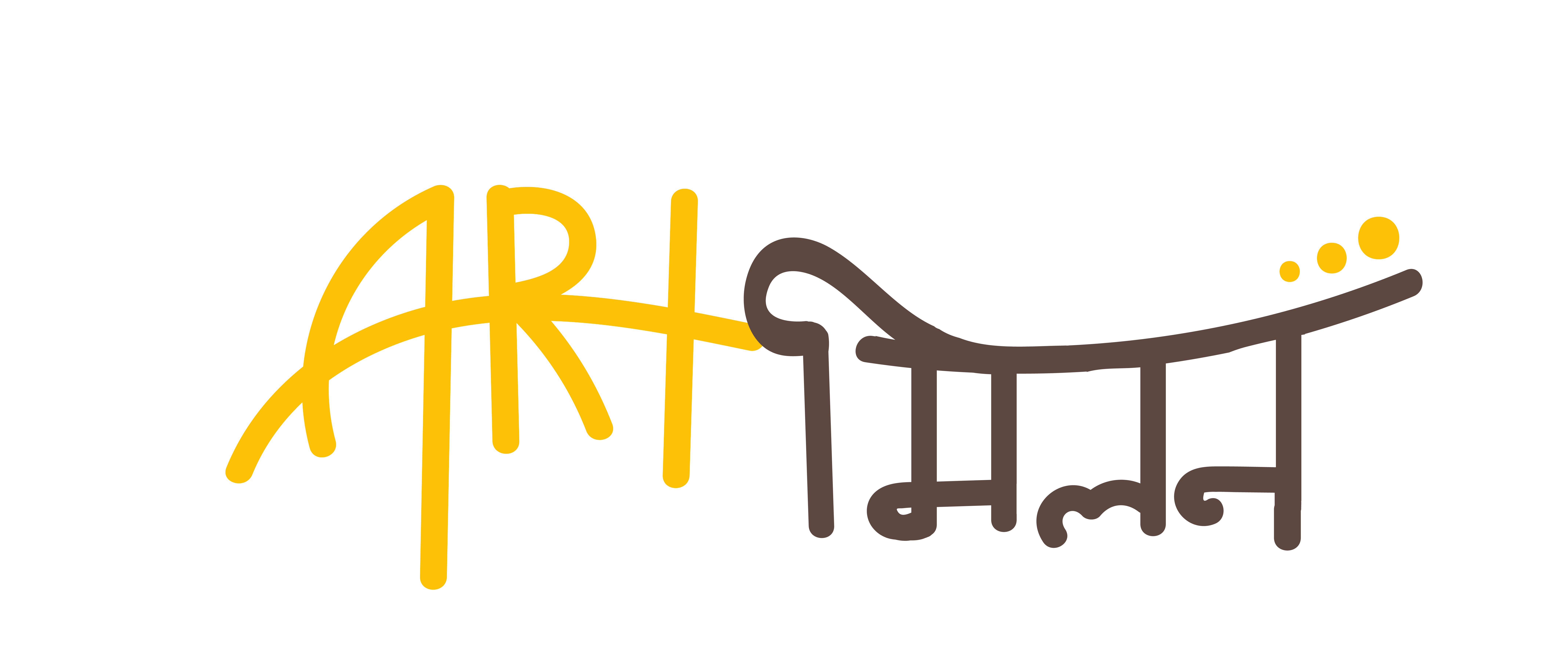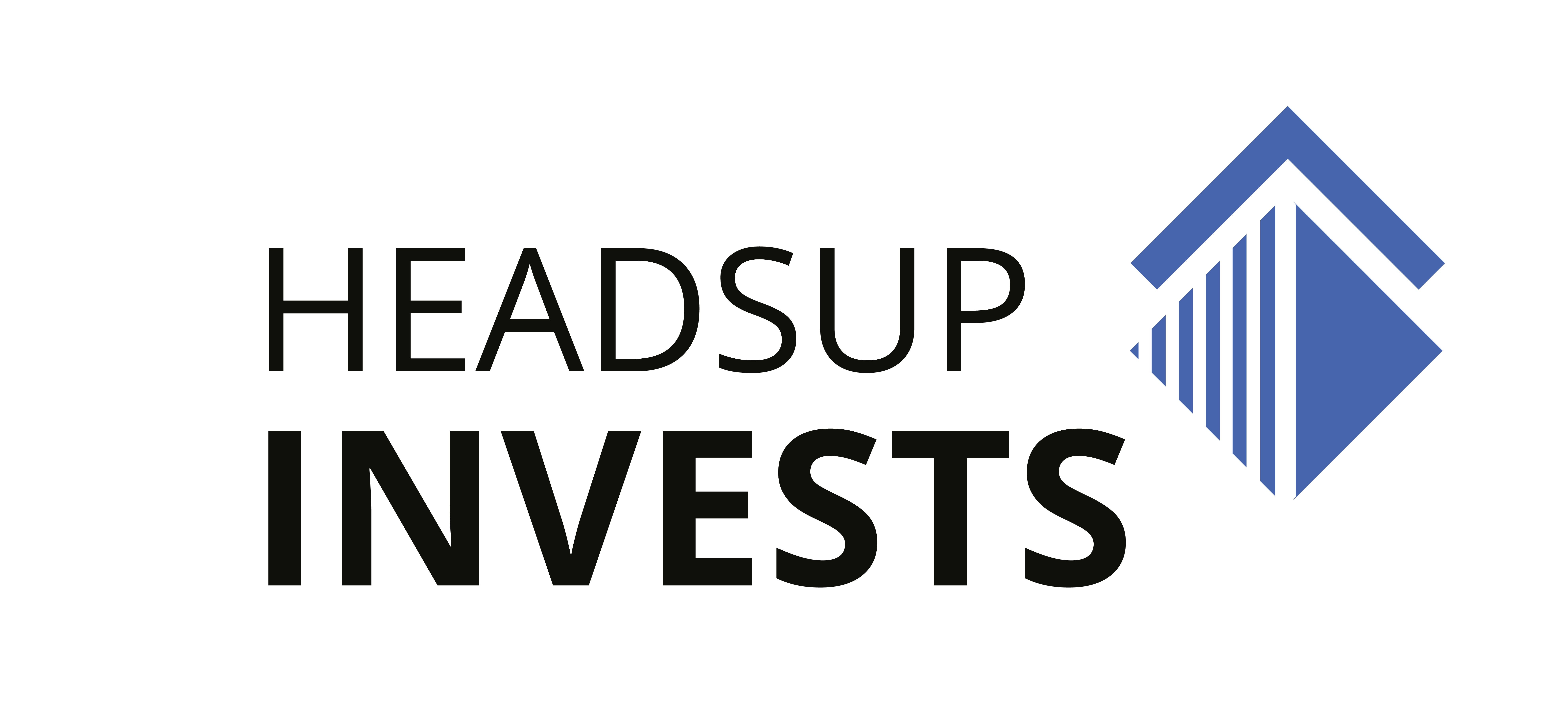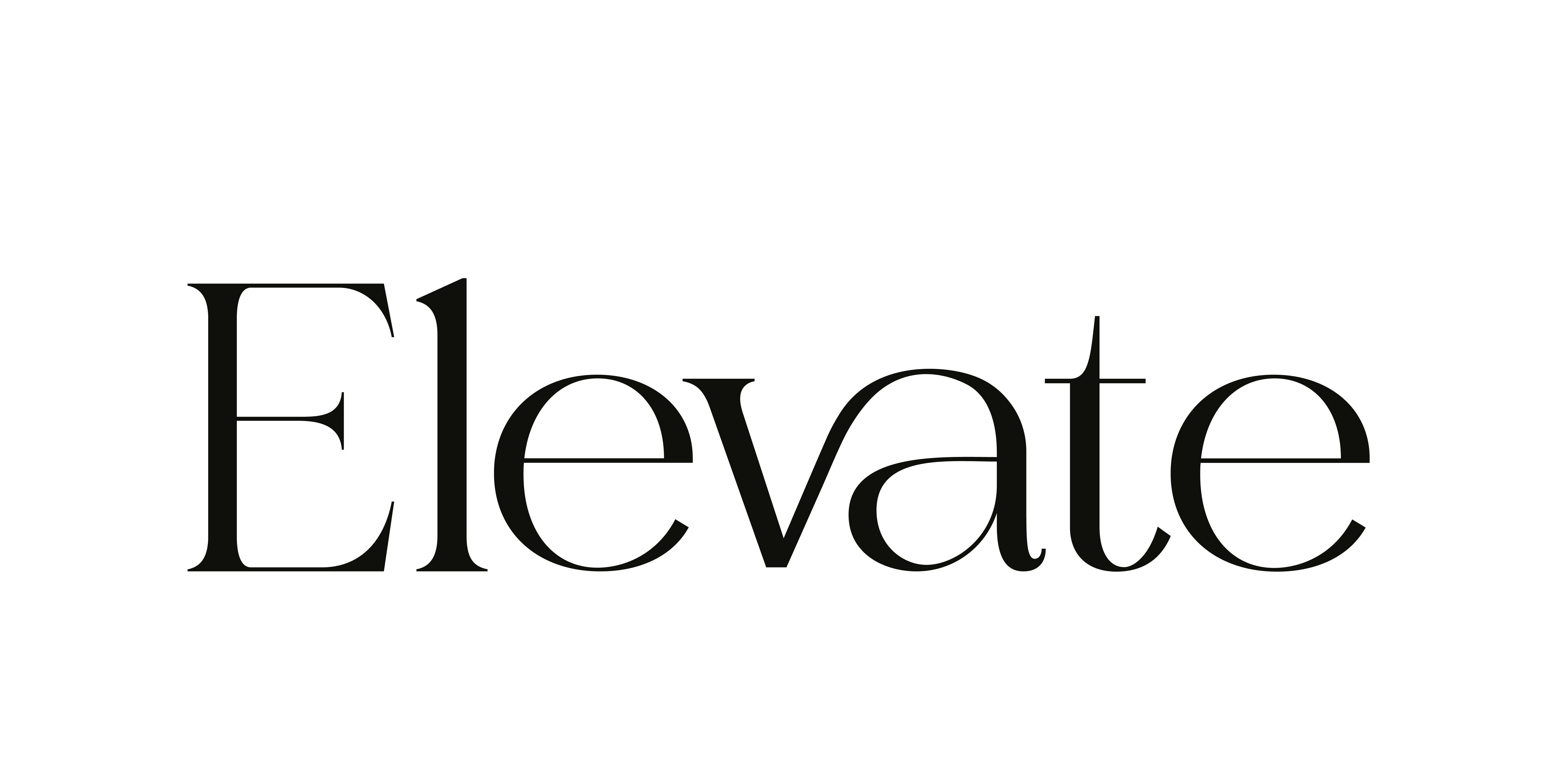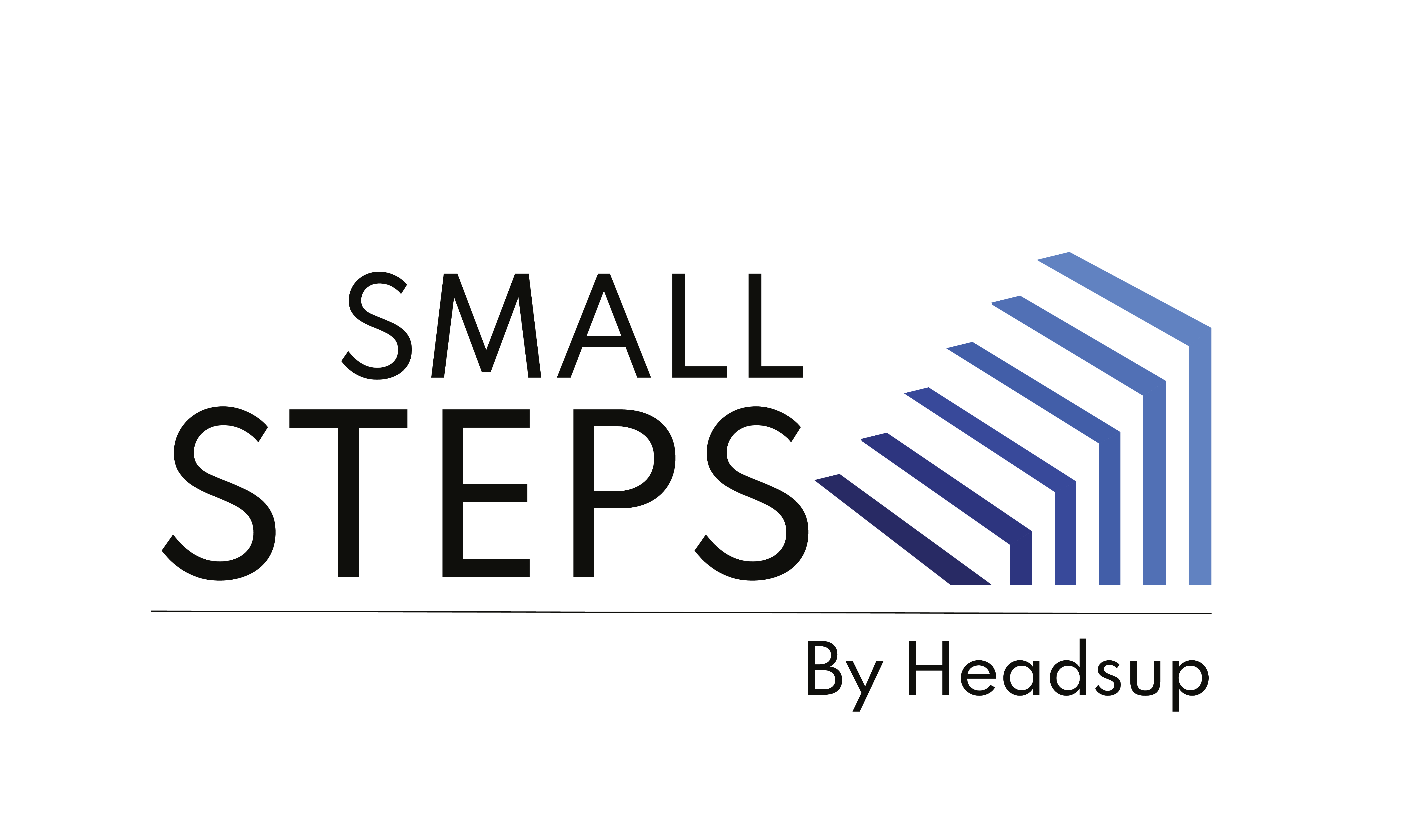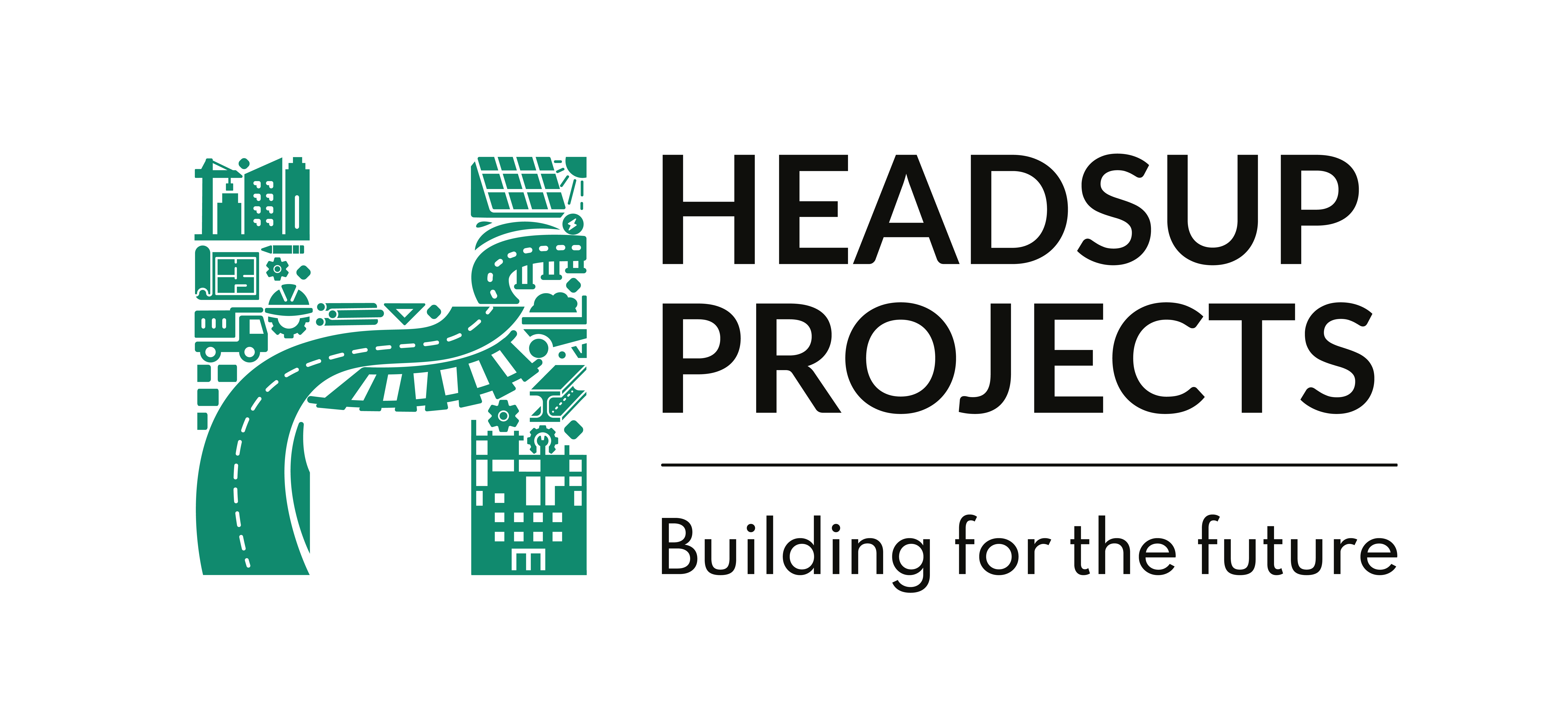6 Tips on How You Can Revolutionize HR Strategic Resourcing and Keep up With the Fast-Changing Job Scenario
With an average required duration of 27 working days to fill a new position, against the short best-candidate-availability period of just 10 days in the job market, the HR is currently caught up in a wave of challenges. Skyrocketing new hire costs and growing demands of candidates are added concerns making strategic resourcing a necessary grind for human resource management (HRM). So, if you are a dedicated HR professional or an entrepreneur in the lookout for the best talents, here are a few tips that can come handy to strengthen strategic resourcing in your organization:
1. Have a Resourcing-Strategy-in-Charge:
Analyze your HR team and appoint someone as the resourcing-strategy-in-charge in your organization. An HR professional with substantial experience in recruitment has a comprehensive understanding of 5 important factors:
• The direction of evolution of the job market
• The demands of new talents
• New hire cost and its effect on your organization
• Necessary amendments and developments in the organization to attract the current talent pool
• Devising unique recruitment process strategies
A resourcing-strategy-in-charge would offer you the assistance to receive well-researched answers, expert plans, and predictions on resourcing and recruitment that would help you to realign your organization’s requirements and processes.

2. Ask Yourself: Why Should People Prefer Your Organization?
List down reasons why people will be both interested and not-so-interested to work in your organization. Go through your organization reviews and recommendations: is it portraying a negative picture of your organization or a positive one?
Incorporate, learn, and exercise the best employer branding practices to gauge the attention of potential candidates, and ace in resourcing.

3. Predict the Future: New and Disappearing Roles
Change has always been inevitable. It’s just that technological advancement has quickened its pace in the current times. To match your steps with the ongoing change in professional roles and responsibilities, think which roles in your organization will survive the future (with or without certain modifications) and which will be completely extinct. Plan your resourcing strategy accordingly.

4. Adjustments to Fill the Gaps in Your Organization
Every organization has its loopholes. Think about what adjustments can be made and/or are necessary to create a smooth workflow and positive employee experience in your organization. As stated in the previous subhead, conduct a detailed analysis of the existing job roles in your organization and whether it can be sustained in the future with training and development programs.

5. Networking to Meet Recruitment Needs
Job roles with popular skill requirements fetch multiple candidates. But then some specific or newly surfacing jobs harbor unique responsibilities challenging recruitment processes. Organizations and HR professionals should, therefore, network more, especially with graduates, past employees and other contacts via social media, events, and seminars. Networking would help to weave an effective contact list of talent that can quicken recruitment for challenging roles as and when required.

6. Hiring Practices and Costs
Read up and analyze the latest prevalent hiring practices that you can incorporate in your process. Check what other recruiters are doing and whether there are any new tools and modules available in the market that can augment your resourcing strategy.

With continuous shifts in the job market, industry requirements and candidate demands, it is necessary for HR management to revolutionize the game of resourcing strategies.


